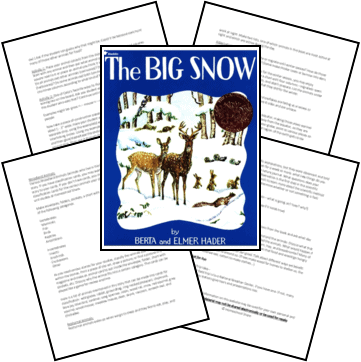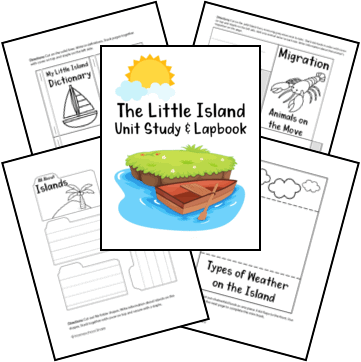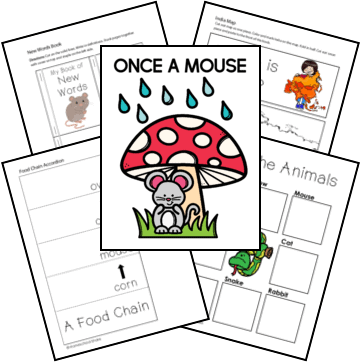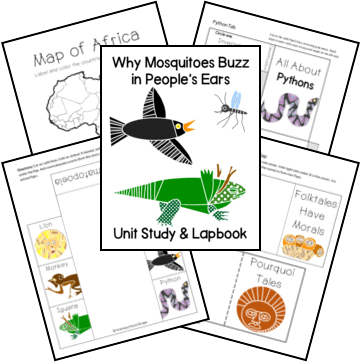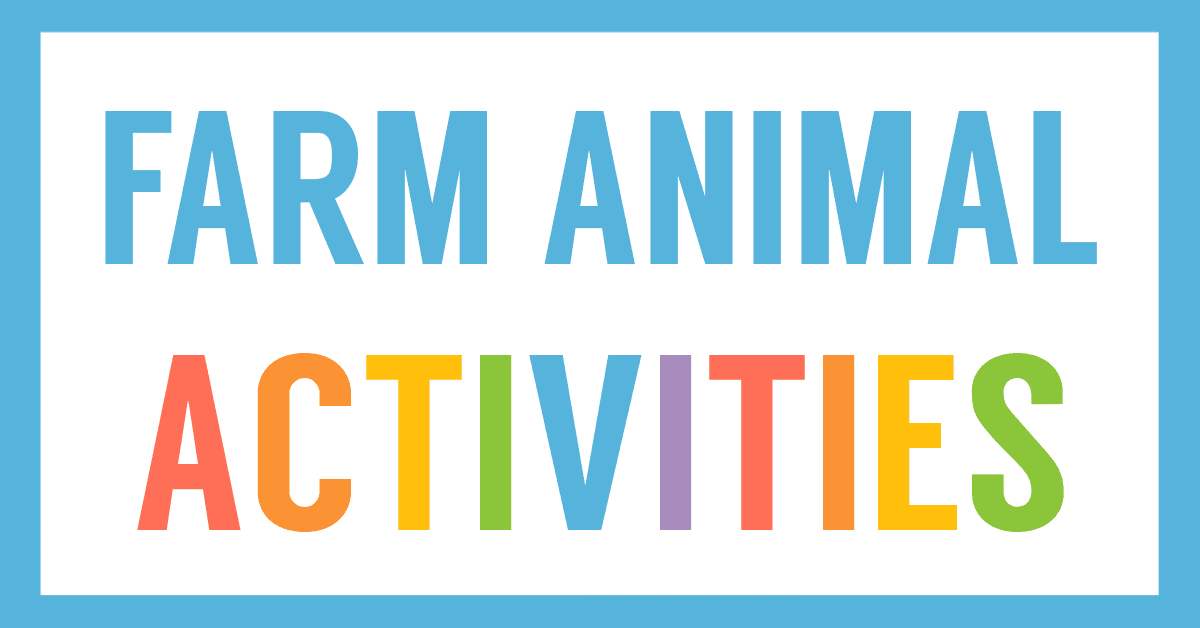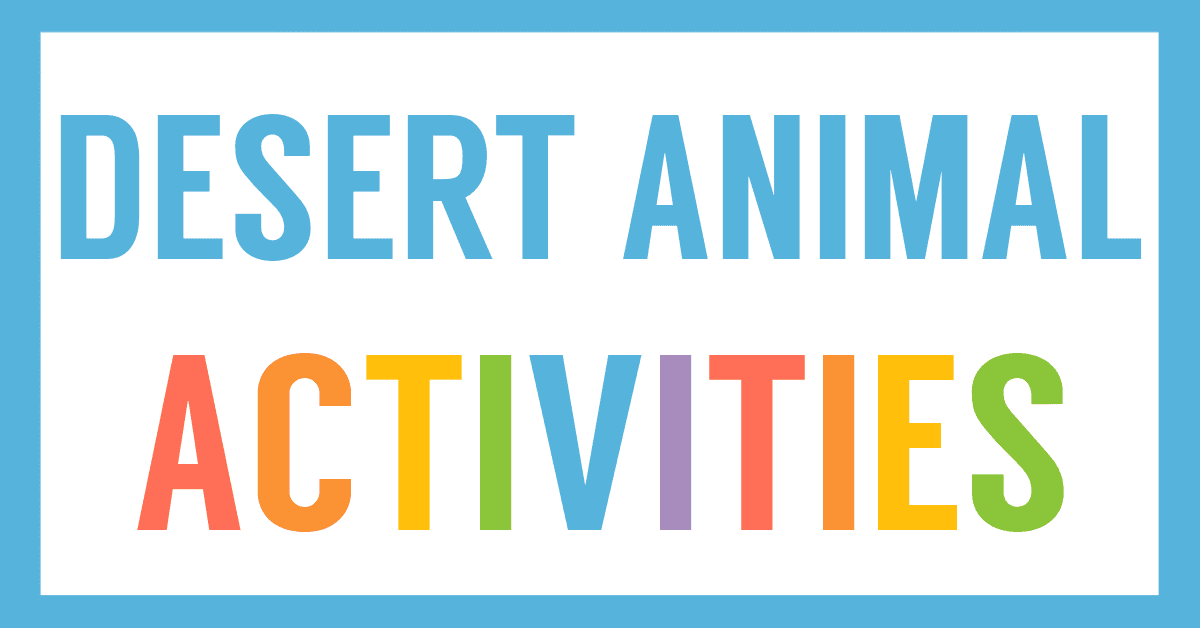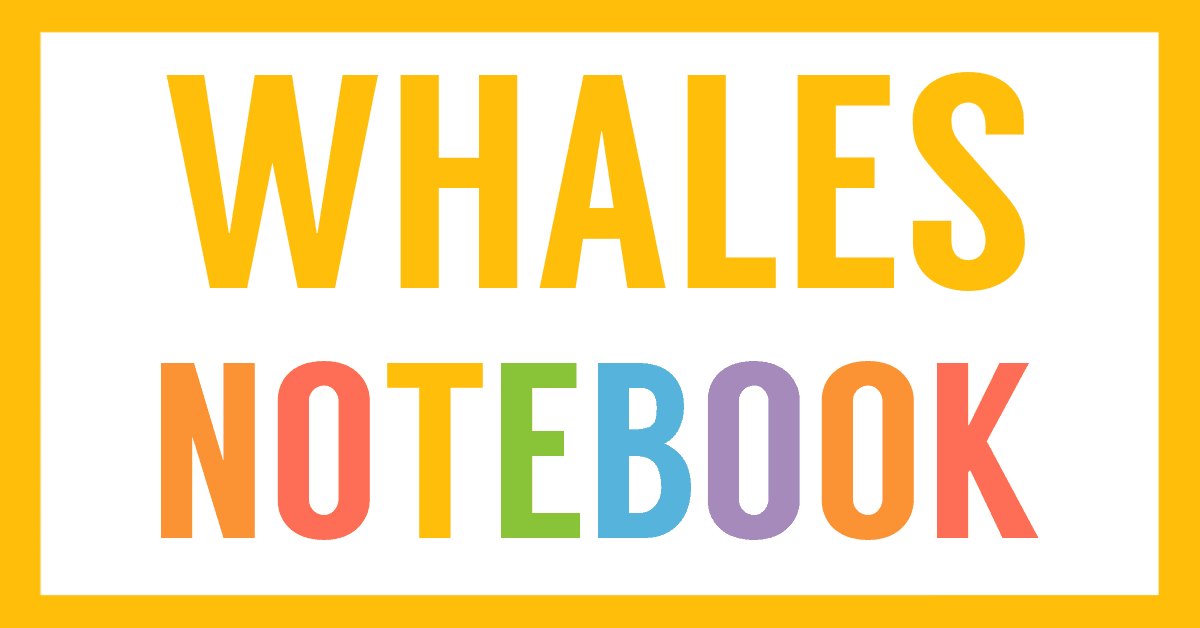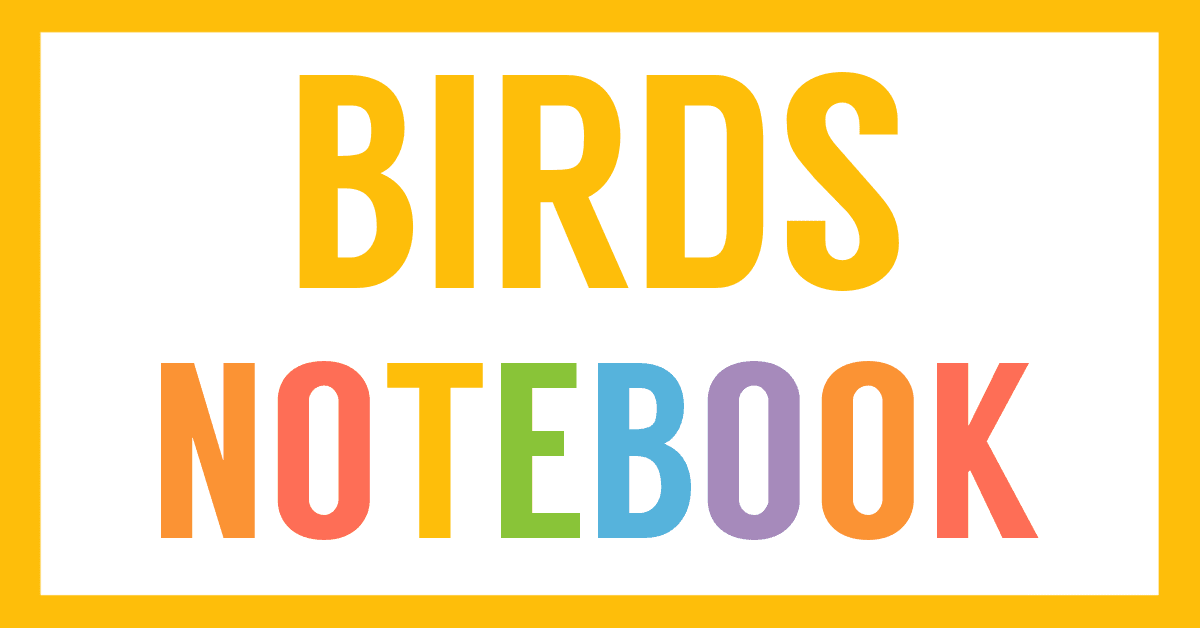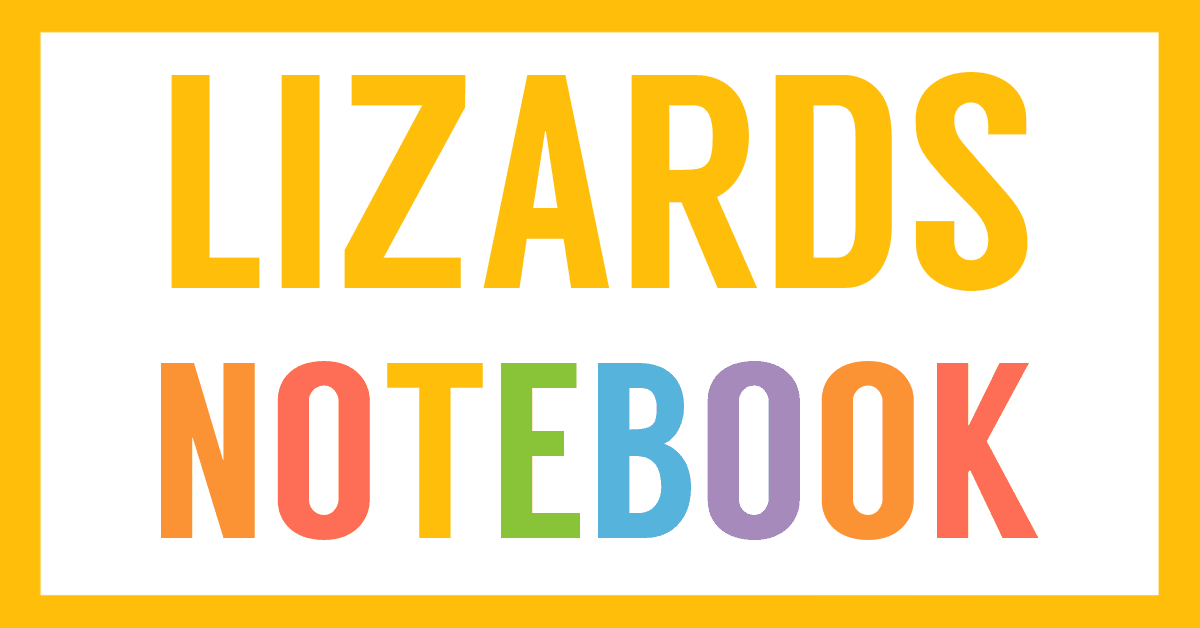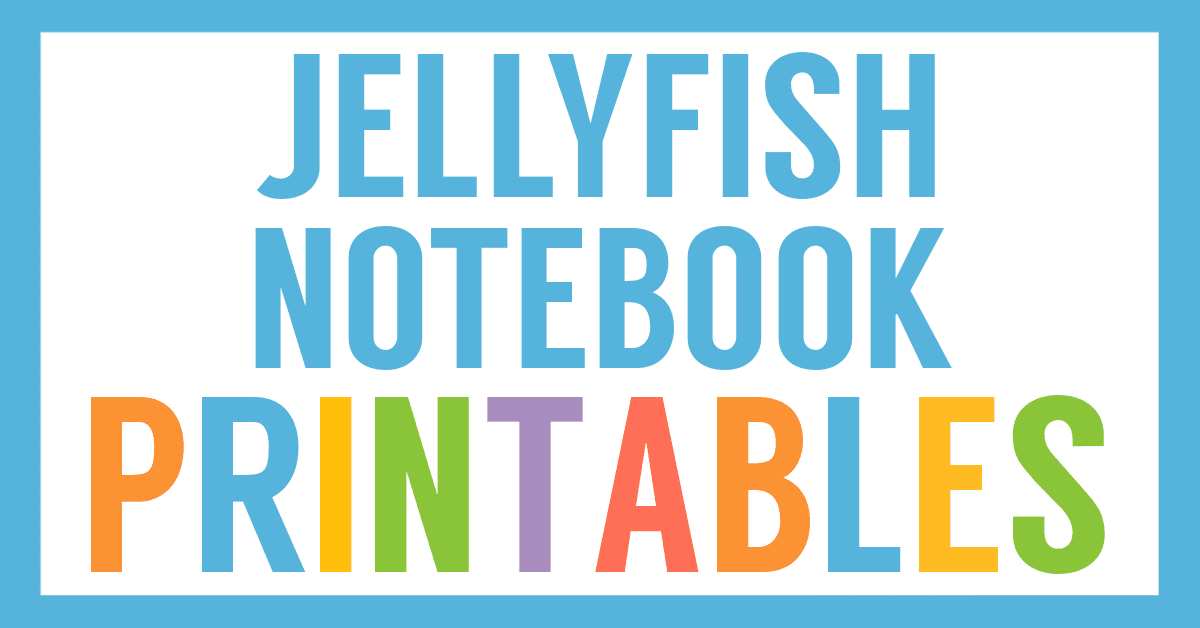Affiliate Disclaimer
We sometimes use affiliate links in our content. This won’t cost you anything, but it helps us to keep the site running. Thanks for your support.
I love snow. What I really mean is I love snow as long as I get to stay inside and snuggle up with a big mug of tea and a big book.
This timeless book about snow by Berta and Elmer Hader will provide the base for gobs of lessons in our The Big Snow unit study.
The woodland animals were all getting ready for the winter. Geese flew south, rabbits and deer grew thick warm coats, and the raccoons and chipmunks lay down for a long winter nap. Come Christmastime, the wise owls were the first to see the rainbow around the moon. It was a sure sign that the big snow was on its way.
The Big Snow from amazon.com
Thanks to Martha Posten and Celia Hartmann for contributing The Big Snow unit study to Homeschool Share.
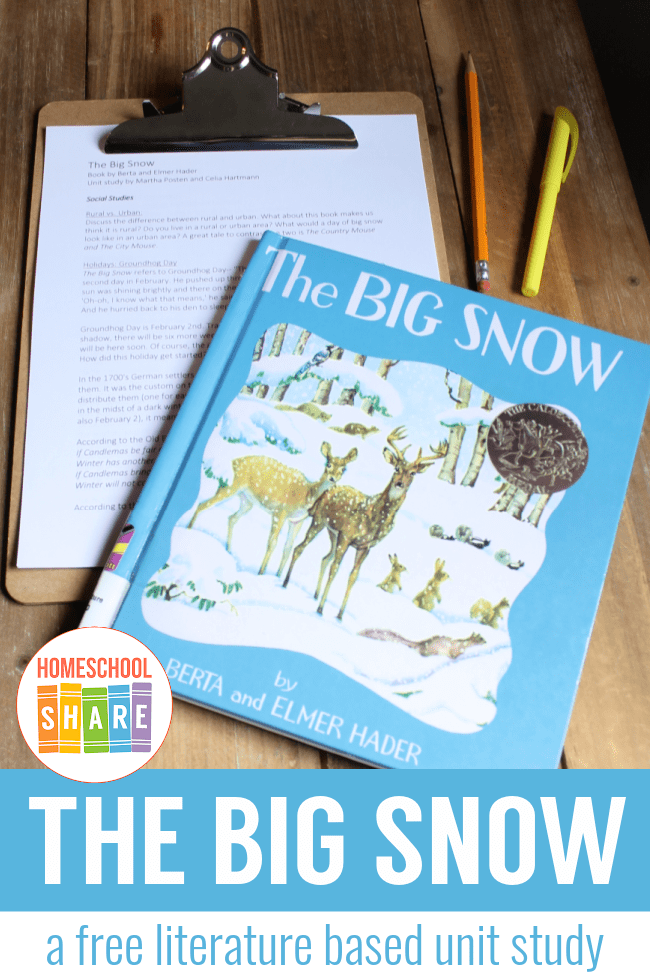
The Big Snow Unit Study Lessons
Here are a few sample lessons from The Big Snow unit study:
Social Studies Lessons
Rural vs. Urban:
Discuss the difference between rural and urban. What about this book makes us think it is rural? Do you live in a rural or urban area? What would a day of big snow look like in an urban area? A great tale to contrast the two is The Country Mouse and The City Mouse.
Holidays: Groundhog Day
The Big Snow refers to Groundhog Day– “The ground hog didn’t wake up until the second day in February. He pushed up through the snow and looked about. The sun was shining brightly and there on the snow the ground hog saw his shadow. ‘Oh-oh, I know what that means,’ he said. ‘There will be six more weeks of winter.’ And he hurried back to his den to sleep until spring. “
Groundhog Day is February 2nd. Tradition holds that if the groundhog sees his shadow, there will be six more weeks of bad weather, and if he doesn’t, that spring will be here soon. Of course, the groundhog doesn’t really decide the weather! How did this holiday get started?
Language Arts Lessons
Personification:
Personification is the giving of human qualities to things, animals, or other concepts that are not human. In this book, the animals are portrayed as having conversations in a very neighborly way. The next time your student writes a story, you may want to encourage him to personify an animal or object for the main character.
Alphabetical Order/List-Making:
List the animals in alphabetical order. For a smaller list, list only the names of birds in alphabetical order.
Onomatopoeia:
Onomatopoeia – using words that creates the sound of the object as you say them. This happens often in this book from the first words of “Honk-honk-honk.” Have child point out other examples from the book and give some of their own examples.
Capitalization:
This story provides an opportunity to remind your student that the seasons of the year are NOT capitalized in writing. Months of the year are and so are days of the weeks, but seasons are not.
Art Lessons
Comparison and Detail:
Some of the pictures are in watercolor and some are black and white sketches. Notice the color pictures catch the eye more, but the black and white pictures are much more detailed. Compare the pages with the child. Ask them to point out details. The most obvious are the two scenes where it first starts to snow. The first is in black and white with each unique snowflake drawn; the second is in color with white dots. Discuss which one illustrations your child prefers and why.
Have your child draw a picture in pencil, encourage details. Now have your child paint a picture, as close to being the same as the pencil drawing as they can. Make sure to let them know that both pictures are great, but have different qualities that make them beautiful.
Caldecott Medal Winner:
Discuss the art work with your student. If your student is familiar with other books that have received the Caldecott Award (Make Way for Ducklings, Time of Wonder, Once a Mouse, etc.), discuss why he thinks the art work in this book won the award. If your student isn’t familiar with the award, explain that it is a prize given to one picture book each year that has exceptional art work– “the most distinguished American picture book for children.”
If your student is interested, check out some other Caldecott Medal winning books from the library.
Science Lessons
Nocturnal Animals:
Nocturnal animals wake up when we go to sleep and they like to eat, play, and work at night. Make two lists, one of which animals in the book are most active at night and which are active during the day.
Hibernation and Migration:
Why don’t all the animals hibernate or migrate until winter passes? How do those animals cope with the cold season? (Some make thicker coats or burrow into dens for warmth.)
Since the animals did different things for the winter season, you may enjoy charting this with your student. Make a chart with four columns– migrated–went South, hibernated, gathered seeds/nuts, and didn’t prepare. List the animals under the appropriate column according to what they did for the winter.
Seasons:
Discuss the four seasons. Get four pieces of paper. Write the name of each season at the top of one of the pieces. Sort the season cards into four groups.
For a variation of this idea, have your student go through books on the shelf and put them in piles according to what season appears on the cover illustration.
You can grab a copy of the entire The Big Snow Unit Study and Lapbook in an easy-to-print file at the end of this post.
How to Get Started with The Big Snow Unit Study
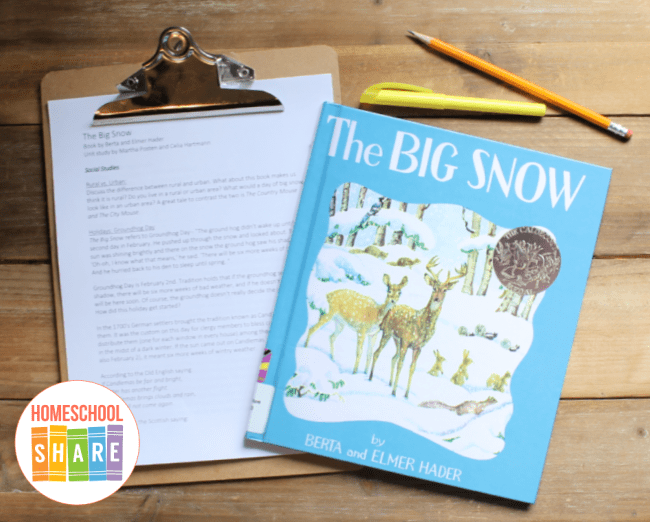
Follow these simple instructions to get started with The Big Snow Unit Study
- Buy a copy of the book, The Big Snow, or grab one from your local library.
- Print The Big Snow unit study.
- Choose the lessons you want to use with your student (a highlighter works great for this).
- Enjoy a week of book based learning with your student.
Download Your The Big Snow Unit Study
Simply click the image below to grab your free The Big Snow unit study.
More Unit Studies Based on Caldecott Winning Books
Yes, we have more unit studies based on Caldecott award winners. Try these:

